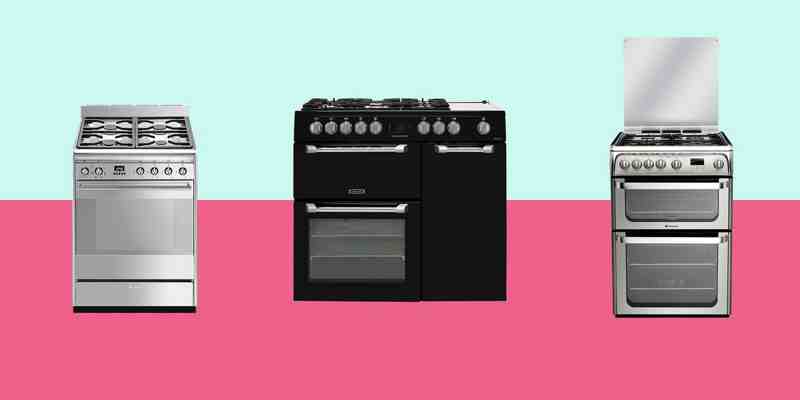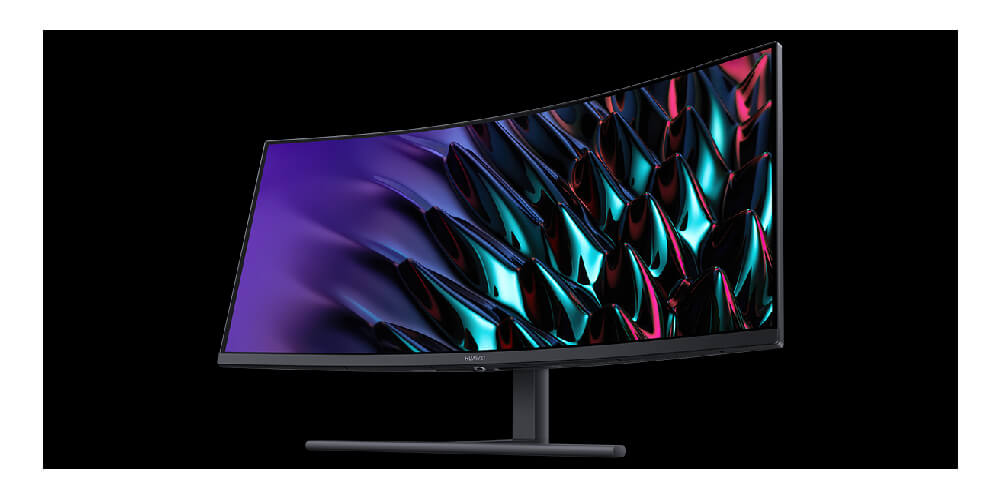If it’s an all-in-one culinary machine you’re after, cookers are a kitchen essential. From cooking full Sunday roasts, baking batches of fairy cakes, to frying pancakes, grilling and beyond, you can make fuss-free meals that are sure to impress with the right cooker for your home. Depending on your kitchen space, you can choose from freestanding, built-in, single, double and range cookers. The Good Housekeeping Institute has rigorously tested 18 models to find the best cookers, and these are 10 of the top performers for any home chef.

Before you buy a new cooker
There’s a lot to consider when choosing a new cooker. While most are quick and easy to install, the type of cooker you get will be largely determined by your kitchen’s fuel supply, whether it’s gas, electric or dual fuel with a gas hob and electric oven combined.
You will also need to take into account your kitchen space. Can you slot a standard-sized 60cm wide cooker between your work surfaces, or do you need something smaller? Perhaps you’re after a range cooker with a width of 90cm or more? Is one oven enough or do you have more mouths to feed? Perhaps a second (or third) oven may be more up to the task.
Not only should you consider how many ovens you require from your cooker, but it’s also important to know the difference between the range of hob types available on the market. You’ll have to choose between gas, electric, induction and ceramic hobs, so it can be confusing to work out what’s best for you and your cooking needs.
Installing a cooker
Installing a freestanding cooker is relatively uncomplicated, as they’re designed to fit in a space between your cabinets and work surface where there is a fuel supply. The type of cooker you get will be largely dictated by the fuel supply in your kitchen, whether gas, electric or dual fuel (a gas hob combined with an electric oven).
You’ll need to make sure the cooker is the right size for the cavity you intend to use and that the surrounding space will accommodate the oven door/s being fully opened. You should also check the cavity is near the power supply you wish to use, be it gas or electricity, and have enough space around the power supply to be properly installed. Standard dimensions are a height of 90cm, a width of 60cm and a depth of 60cm, but you can also find cooker widths of 55cm and 50cm. A cooker with an eye-level grill is about 150cm tall, so make sure you have enough space before you start looking at different models.
Electric cookers require installation by a qualified electrician, as they need to be wired into a 30amp socket (a conventional electric socket is only 13amps) and gas options should be installed by a Gas Safe registered engineer.
What are the different types of hobs?
Gas
Gas is still the most popular choice with home cooks. The heat is visible, easy to control, fast, responsive and can be used with all pan types. Gas hobs can be dismantled for easier cleaning, but they can still be time-consuming to keep looking their best.
Gas on glass
If you're a fan of gas but get fed up with mess and spillages that are difficult to clean off a traditional gas hob, this could be a better option. Gas burners are mounted on top of ceramic glass, making the surface much easier to clean. The burners don't heat up as quickly as on an electric ceramic glass hob, but you'll get that precision heat and control of a regular gas hob.
Electric ceramic
With electric ceramic hobs, the heating systems are hidden underneath the tough ceramic glass surface. Patterned zones on the glass surface indicate the size and position of the heat source. All have a safety device that prevents the ceramic glass from overheating. The smooth and easy-to-clean surface makes them a popular choice. However, the heat distribution around the bottom of pans isn’t as good as when cooking on gas.
Induction hobs
Induction hobs heat the pan directly via a spiral copper coil beneath the glass surface, which transfers energy directly to the pan. The coil isn’t activated until an iron-based magnetic pan is placed on to it, so the glass itself doesn’t need to heat up for cooking. When the pan is removed, the hob cools, reducing the risk of burns. Induction hobs are becoming increasingly popular as they’re easy to use, highly responsive, very energy efficient, and quick to clean.
Cleaning your cooker
Hob cleaning
Having a hob that’s easy to wipe down and clean is useful if you spend a lot of time cooking. Induction and ceramic hobs are usually the easiest to clean as they have smooth surfaces. Induction hobs are also designed to stop food from spilling over or burning on the surface, so they shouldn’t need to be cleaned as often.
Gas and electric hobs are more difficult to clean. If you have a gas hob, some pan-supports and spillage wells are dishwasher-safe. Otherwise, a cream cleaner and damp cloth should be enough. For electric or ceramic hobs, stubborn stains and burned-on deposits should be removed with a special hob scraper that won’t damage the glass.
Cleaning your oven
Most ovens have triple or quadruple-glazed glass doors which can be removed for easy and efficient cleaning. Check the manufacturer’s guidelines for details of your particular oven as this can vary.Many ovens have enamel liners, which are generally easy to clean as it’s harder for food residues to stick to the smooth surface. With enamel lining, it’s best to clean these regularly to avoid a build-up of food residues that make your oven less efficient. With the right tools and techniques, this can be effortless. We have a thorough guide on how to clean your oven - and keep it clean.
Pyrolytic cleaning
A pyrolytic cleaning programme is an automatic cleaning mode available on some higher-spec models. Using a combination of pressure with very high temperatures, the oven converts grease and food residues to ash. This collects on the floor of the oven, and you can sweep it up when the cleaning has finished. You can't find this feature on a range cooker, so keep this in mind when weighing up your options.
Catalytic liners
Many ovens have catalytic liners that transform the oven into a self-cleaning machine when it's set at high temperatures. These liners absorb and break down grease and food residues, which then burn away during cooking. Cookers with this feature should never be cleaned manually, and the liners may need replacing during the lifetime of the cooker. You may need to ‘service’ the liners sometimes, by putting the oven on its highest heat setting for about an hour.
Cleaning your extractor fan
Sometimes we’re so busy cooking up something delicious on the hob that we forget all about the extractor fan above us, which has been busy eliminating smoke, steam and odours produced from cooking. It’s one of those forgotten areas of the kitchen that doesn’t get as much attention in the cleaning routine as it deserves or needs. While we may remember to wipe down the hob after use, the extractor fan gets progressively grimier and greasier and gets clogged with dust and dirt. For our foolproof guide, here’s how you can give your kitchen extractor fan a thorough clean.
How we test cookers
At the Good Housekeeping Institute, we put every cooker through a series of cooking trials. We cook a full roast dinner including a chicken, roast potatoes and apple crumble. We use the grill to see how well it toasts a full tray of bread, we bake batches of fairy cakes and we make a rich fruit cake. We look at how hot the oven door gets, how well our cakes rise, if our potatoes crisp up, and if cooking on many shelves at the same time affects our cooking.
Not only do we put the built-in ovens through their paces but we also test the performance of the hotplates. This involves timing how long it takes to boil water on the different cooking zones and testing the heat retention of each hotplate. We also assess whether the heat from the cooking zones is evenly distributed, and how easy it is to clean up after cooking.












